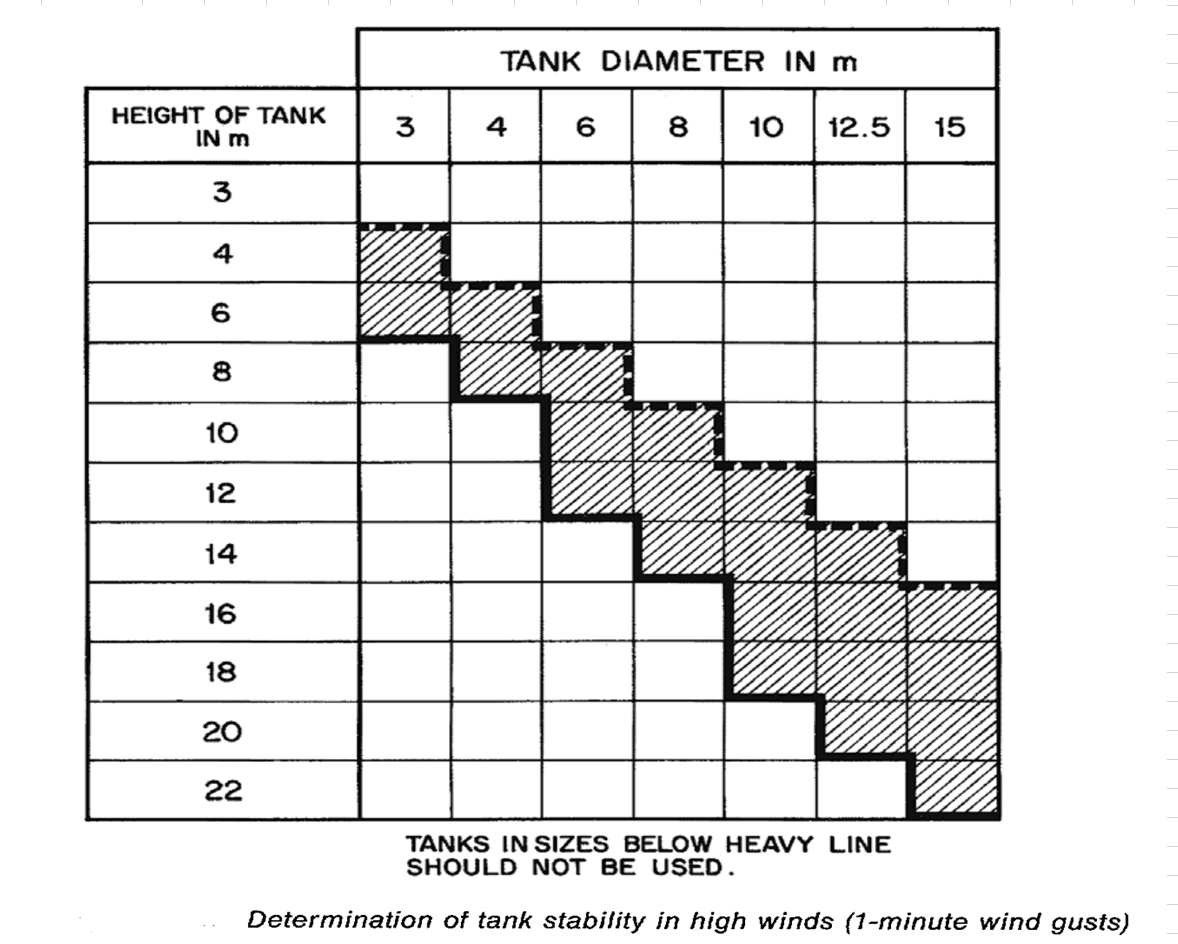I'm not very familiar with flow instrument in general, therefore apologize if any of the question are weird (and silly).
Flow measurement (high chance) is a flow element / restricting orifice sending 2 signal to 2 pressure differential transmitters, to measure a Hot Oil (therminol 55) flow in 8" pipe to a heat recovery unit. The design is 2 transmitters, 1 for alarm and 1 for display in LCP.
So my question
1) If we gonna set up 2 transmitters, is there will be any significant pressure difference when the fluid spilt up to each transmitter?
2) If we use another type of flow measure (Coriolis, ultrasonic), by any chance the changes in arrangement are make the problem 1 disappear?
The design looks like the pic in attachment . The transmitter are 5 valve manifold.
(Note : The original design was 2 different FE in 2 places for each signal, but the requirement from our clients they have to be separated at least 2m within each other, so its will take significant space. )
Attached Files
Edited by nguyenmd147, 02 December 2023 - 12:43 AM.

 FB
FB











